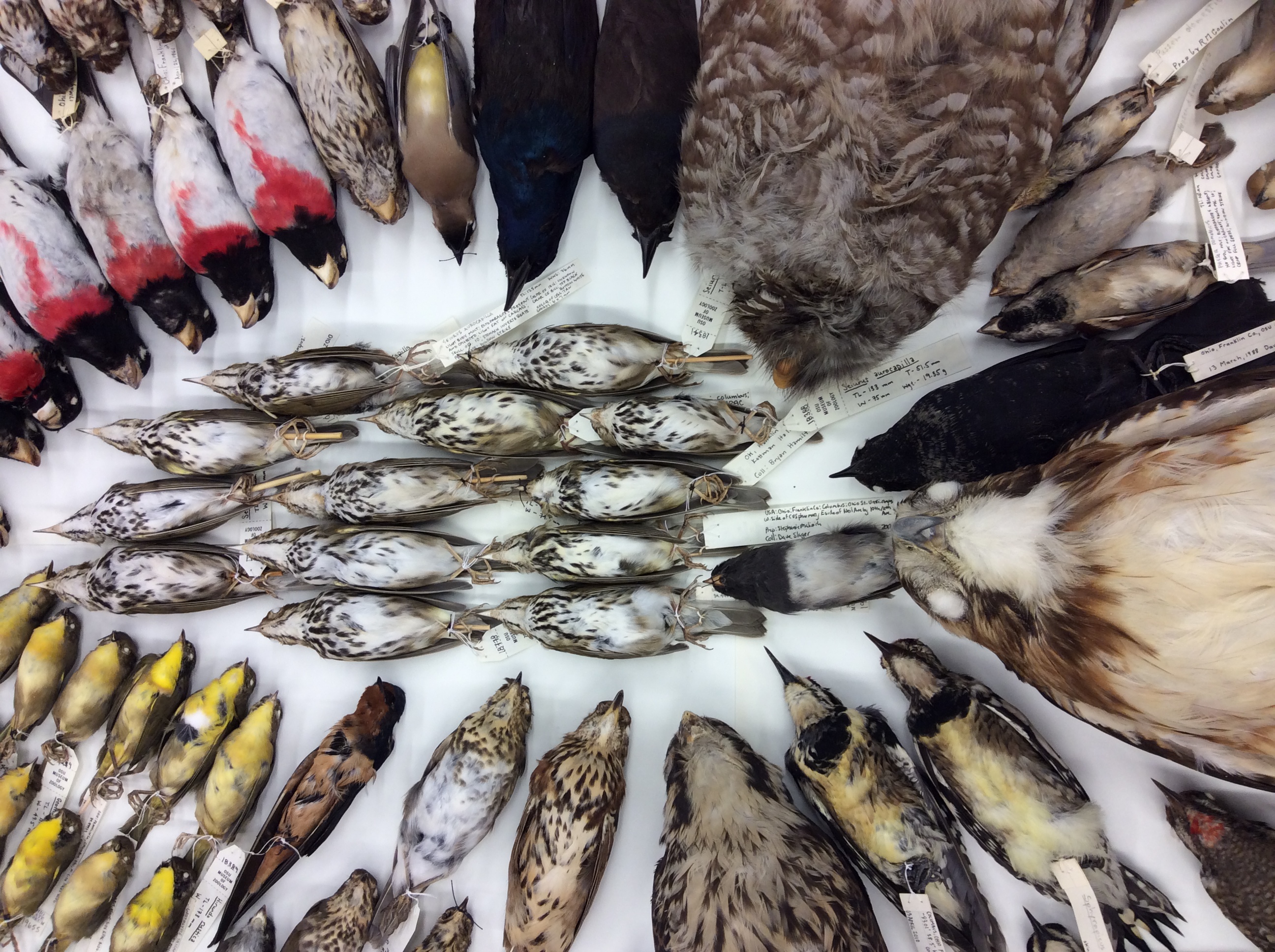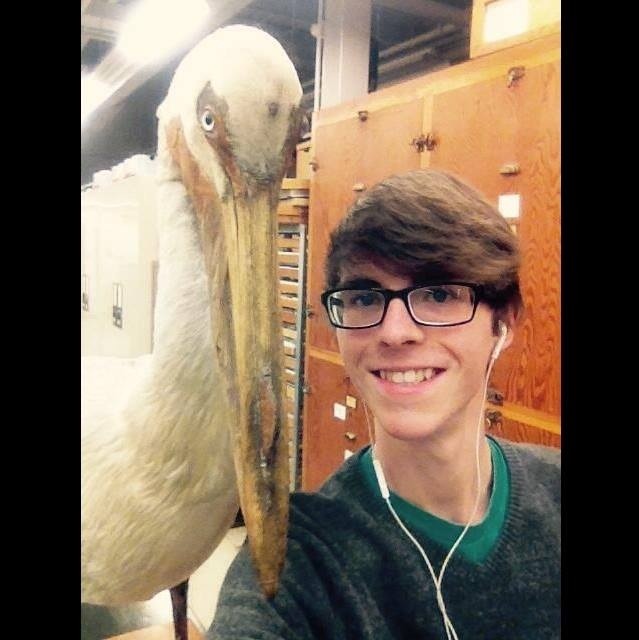Each Autumn, cave-goers cannot help but notice large groups of bats roosting in caves throughout the winter months, or at least they used to. For the past decade, bat populations in the Eastern United States have plummeted in the presence of an invasive fungus responsible for what has been coined “white-nose syndrome.” Last month, officials from the US Fish and Wildlife services stunned biologists by announcing the first observed bats with white-nose syndrome on the West Coast. The current threats facing American bats are unprecedented in recent history, and unless human intervention succeeds, many once-common bat species may vanish altogether.

A Little Brown Bat (Myotis lucifugus) with White-Nose Syndrome (Source: Bloomberg via Getty Images, 2009)
Around October and November of every year, North American bats like the little brown bat (Myotis lucifugus) flutter into caves called hibernacula where they wait out the winter. During this period, they enter a state known as torpor; their heartbeat slows to a near stop, and their body temperature drops to just above freezing. In March 2007, biologists from Albany, New York, set out to do a routine census of the local hibernating bats. Upon reaching the first hibernaculum, they were floored at the site before them: they found dead bats everywhere. Peculiarly, the bats looked as if they had dunked their faces in a white powder. When spring arrived, the surviving bats left the hibernacula, and the pandemic seemed to have ended. However, by the next winter, it became clear that this disease did not just go away.

The spread of White-nose syndrome (Source: Lindsey Heffernan, PA Game Commission, 2016)
In 2008, white-nose syndrome was reported in 33 caves in four states. By 2009, five more states started experiencing massive bat die-offs. Spreading in an ever-expanding bullseye, 25 states and five Canadian provinces were losing bats to white-nose syndrome by 2015. Only last month, officials in Washington have confirmed that the disease has made the leap across the great plains. It is unknown whether or not this fungus was carried west by human cave-goers, or if infected Eastern bats made rare forays to the region.
The condition has since been linked to a cold-loving fungus dubbed Pseudogymnoascus destructans. It is not known exactly how this fungus kills the bats, but it has been shown to disrupt their torpor during hibernation. The bats, perhaps irritated by the fungus, fly out of the hibernacula during the Winter months. There are no insects for them to eat during this time and so these flights turn out to be costly, depleting vital energy stores, leaving the bats likely to succumb to starvation and respiratory complications caused by the fungus. Similar fungi have been found on European bats, although they do not experience adverse symptoms. These bats likely coevolved with the fungus, and so gained resistance. P. destructans was likely introduced from Europe by way of human activity. Unlike in Europe, North American bats exposed to P. destructans experience mortality rates approaching 100%.
Many affected areas have experienced declines in bat populations by more than 90%. In some places, there just are no more bats to kill off. In what were populous hibernacula, there are now bodies of dead bats, piling up like snow drifts. Often, biologists conducting a bat census find it impossible to navigate the caves without stepping on carcasses. In 50 years from now, if populations have not recovered, the only place to study North American bat populations may be in natural history collections. Museum collections, such as the one at the Ohio State’s Museum of Biological Diversity, contain physical records (specimens) that continue to yield valuable information about biogeography, and serve as a template against which modern populations may be compared. It is through using such records, that changes within species can be detected. Museums are a natural starting place in the attempt to solve issues such as those currently threatening North American bats.
About the Author: Grant Terrell is a 1st year majoring in Evolution & Ecology at The Ohio State University and works as a Research Assistant at the Museum of Biological Diversity in the Tetrapod Collection.


